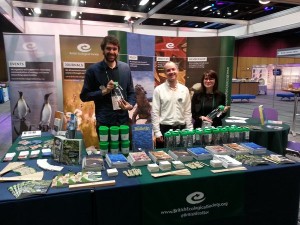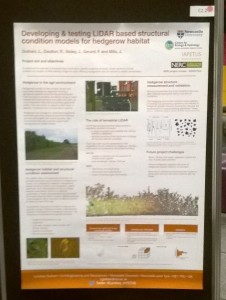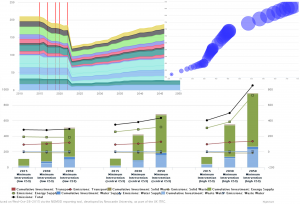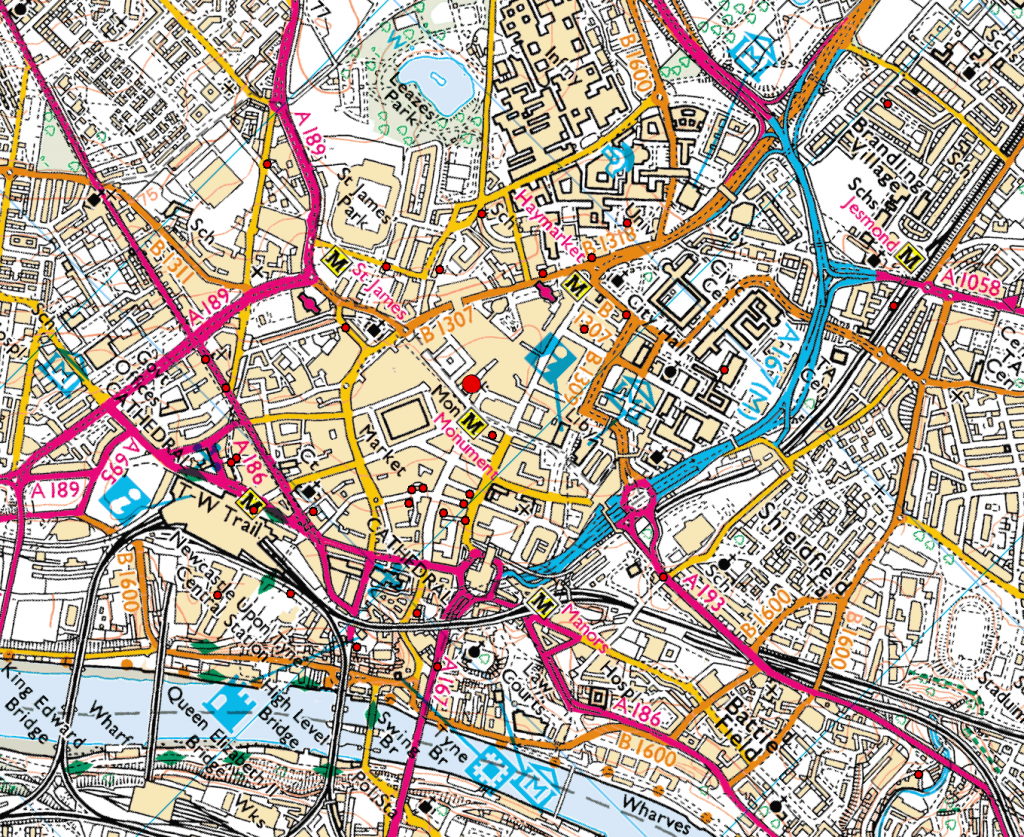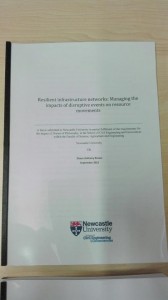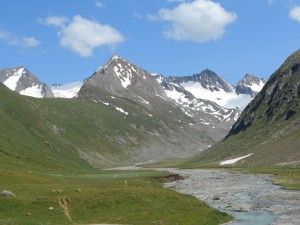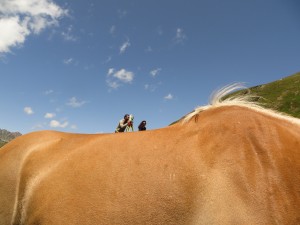February 9th and 10th was the third of what has become an established annual event for Ordnance Survey (OS); inviting all sponsored PhD and postdoc researchers to present their latest research at the Ordnance Survey head office in Southampton. Whilst many know OS mainly for their paper maps, there is a wide range of research that is being undertaken to keep OS at the forefront of mapping technologies. This diversity in research was presented over the two days in four themed sessions. The opening session was ‘3D’ and was opened with my research on automatic reconstruction from a dense image matching dataset. Other 3D research presented included automatically adding texture maps and semantic information to 3D building models (Jon Slade, Cardiff University), why people need 3D (Kelvin Wong, University College London) and real-time urban dataspace modelling (Oliver Dawkins, University College London).
As well as giving oral presentations, a panel session was held at the end of each session where the session’s presenters and OS employees working in the relevant field were asked questions on the overriding theme of the session. This generally led to some really interesting and insightful discussions about how the panel saw the discussed research fitting into the OS remit. It also became apparent that parts of the research presented in the session as well as the other session had several overlapping themes, opening the opportunities for future collaboration. A poster session was also held after lunch each day which allowed OS employees who may not be directly involved with the research to view what studies are currently being undertaken, whilst giving the authors an opportunity to network and discuss their results.
The final session of day one was themed ‘Data Analysis’. The first two presentations from Robin Frew, University of South Wales, and Rebecca King, University of Southampton, addressed spatial usability issues and temporal modelling, respectively. The final two speakers of this session were first year PhD students presenting an overview of their research; Nick Bennett, University of Southampton, and Judit Varga, University of Nottingham, will be investigating similar topics in the use of data mining to map events and update mapping at different scales.
The second day opened with the theme of ‘People and Places’, the social sciences side of Ordnance Survey research. This covered a wide range of research included mapping vernacular geographies (Katherine Stansfeld, Royal Holloway, University of London), how people identify with narratives and place (Iona Fitzpatrick, University of Nottingham) and how different users interact with geo-spatial technology (Mike Duggan, Royal Holloway, University of London).
To close the workshop the final session theme was ‘Machine Learning’. Presenters Ce Zhang (Lancaster University) and postdoc David Young (University of Southampton) discussed their research utilising deep learning for supervised and unsupervised image classification.
As well as giving us the chance to see the various research projects undertaken by OS as well as getting to see our external supervisors, it also gives the chance to see how fellow PhDs are progressing through their projects and share an tips or advice of how to overcome the next hurdle. As I am now approach the writing up stages of my research, this will unfortunately be my last OS PhD workshop. I would therefore like to take this opportunity to thank Ordnance Survey for the data supplied and their continuing support throughout the progression on this research.
Andrew McClune
Final year PhD Researcher

